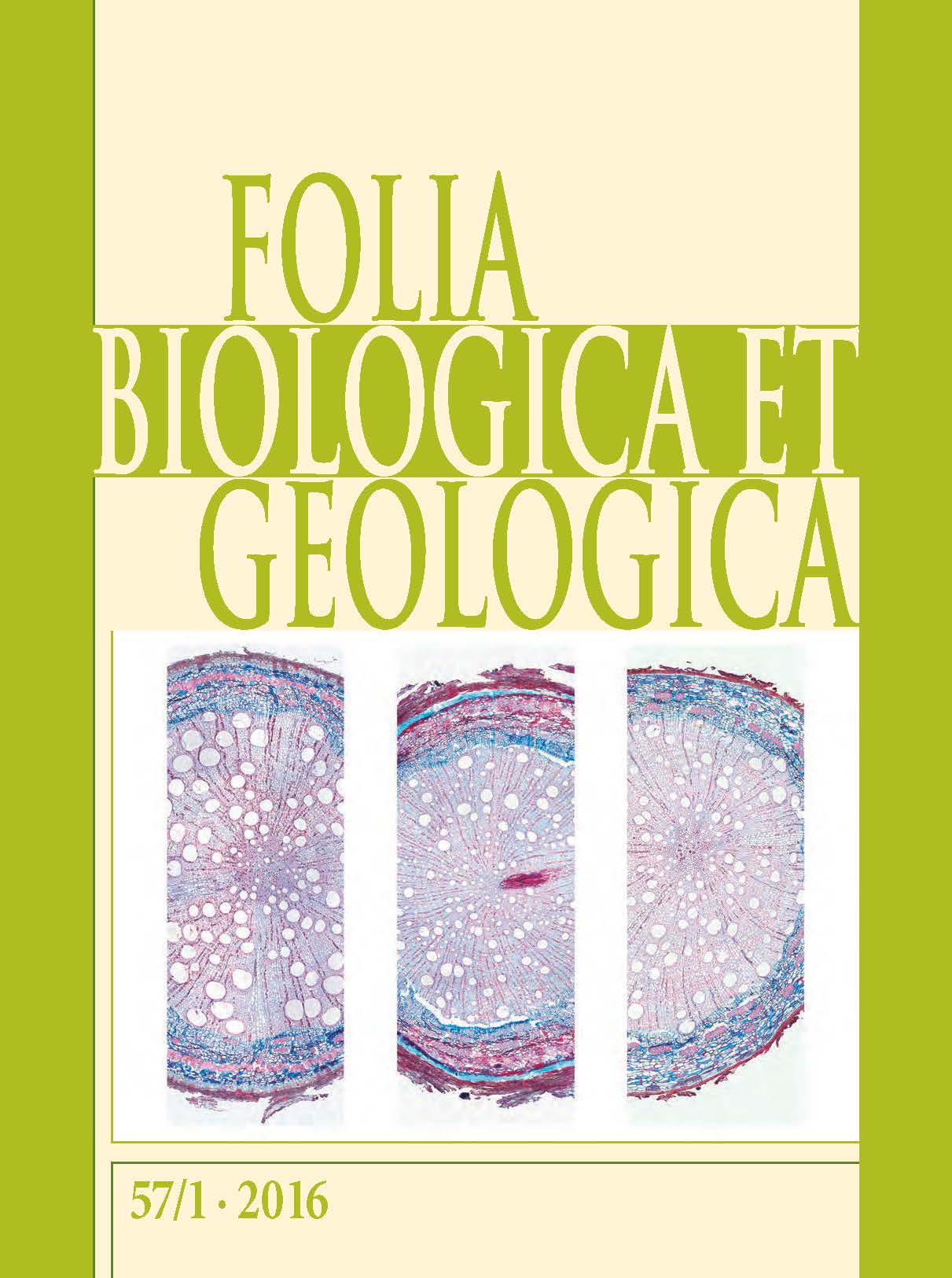History of forest vegetation mapping in Bosnia and Herzegovina / Zgodovina kartiranja gozdne vegetacije v Bosni in Hercegovini
DOI:
https://doi.org/10.3986/fbg0003Abstract
The work presents the history of forest vegetation mapping in Bosnia and Herzegovina (B&H). Forest vegetation mapping in B&H is done from arrival of Austro-Hungarian monarchy from 1885 to present day. The most intensive forest vegetation mapping in B&H took place in 50‘s and 60‘s of the past century. Special significance in B&H forest vegetation mapping was given by: G. Beck, L. Adamović, I. Horvat, P. Fukarek, V. Stefanović, V. Beus... Since the end of XX century forest vegetation mapping was mainly done with the help of aerial photos and satellite images.
Key words: history, mapping, forest vegetation, Bosnia and Herzegovina
Članek opisuje zgodovino kartiranja gozdne vegetacije v Bosni in Hercegovini (BiH). Pričelo se je od prihoda Avstro-ogrsko monarhije od leta 1885 do danes, najbolj intenzivno je bilo v obdobju 1950 in 1970. Poseben pečat kartiranju so dali G. Beck, L. Adamović, I. Horvat, P. Fukarek, V. Stefanović in V. Beus. Od konca 20. stoletje naprej si pri kartiranju vegetacije pomagamo z letalskimi in satelitskimi posnetki.
Ključne besede: zgodovina, kartiranje, gozdna vegetacija, Bosna in Hercegovina




